Description
India is a fascinating region of South Asia! But how can you make it engaging? Try creating a lap book with centers. With this resource you will receive an activity that is designed to teach the geography, economy, culture, history, and government of India.
Start off the activity with a vocabulary lesson. Your students will learn the different vocabulary terms with a Word Wall and Color-Coded India Vocabulary activity. A template is provide for your students to make a lap book that will serve as a graphic organizer for the centers on India. Your students will then break into different groups and go to centers on India’s History, India’s Geography, India’s Economy, India’s Culture, and India’s Government. Each center includes a 2-3 page reading with information for their lap book. When your students finish their centers, they will complete a bonus activity on Gandhi. This resource includes Google Slides™.
With this resource, you will receive:
-A template to create a lap book on India,
–Directions for the centers and a chart to track student progress,
–10 Word Wall Terms and a vocabulary activity.
–Cover pages for each center the geography, economy, culture, history, and government of India,
–a 2-3 page reading for each center on the geography, economy, culture, history, and government of India,
–a bonus activity on Gandhi,
–answer keys, and
–Google Slides™.
⭐Download the preview and watch the video for a sample of the resource.
6th Grade World Cultures TEKS
(1) History. The student understands that historical events influence contemporary events. The student is expected to:
(B) analyze the historical background of various contemporary societies to evaluate relationships between past conflicts and current conditions.
(3) Geography. The student understands the factors that influence the locations and characteristics of locations of various contemporary societies on maps and/or globes. The student is expected to:
(A) identify and explain the geographic factors responsible for patterns of population in places and regions;
(C) identify and locate major physical and human geographic features such as landforms, water bodies, and urban centers of various places and regions; and
(D) identify the location of major world countries for each of the world regions.
(4) Geography. The student understands how geographic factors influence the economic development and political relationships of societies. The student is expected to:
(A) explain the geographic factors responsible for the location of economic activities in places and regions; and
(B) identify geographic factors such as location, physical features, transportation corridors and barriers, and distribution of natural resources that influence a society’s political relationships.
(6) Economics. The student understands the factors of production in a society’s economy. The student is expected to:
(A) describe ways in which the factors of production (natural resources, labor, capital, and entrepreneurs) influence the economies of various contemporary societies;
(C) explain the impact of the distribution of resources on international trade and economic interdependence among and within societies.
(7) Economics. The student understands the various ways in which people organize economic systems. The student is expected to:
(A) compare ways in which various societies organize the production and distribution of goods and services;
(B) compare and contrast free enterprise, socialist, and communist economies in various contemporary societies, including the benefits of the U.S. free enterprise system;
(8) Economics. The student understands categories of economic activities and the data used to measure a society’s economic level. The student is expected to:
(A) define and give examples of agricultural, retail, manufacturing (goods), and service industries; and
(B) describe levels of economic development of various societies using indicators such as life expectancy, gross domestic product (GDP), GDP per capita, and literacy.
(9) Government. The student understands the concepts of limited and unlimited governments. The student is expected to:
(A) describe and compare examples of limited and unlimited governments such as constitutional (limited) and totalitarian (unlimited);
(C) identify and describe examples of human rights abuses by limited or unlimited governments such as the oppression of religious, ethnic, and political groups.
(10) Government. The student understands various ways in which people organize governments. The student is expected to:
(A) identify and give examples of governments with rule by one, few, or many;
(B) compare ways in which various societies such as China, Germany, India, and Russia organize government and how they function;
(14) Culture. The student understands that all societies have basic institutions in common even though the characteristics of these institutions may differ. The student is expected to:
(A) identify institutions basic to all societies, including government, economic, educational, and religious institutions;
(16) Culture. The student understands the relationship that exists between the arts and the societies in which they are produced. The student is expected to: (A) explain the relationships that exist between societies and their architecture, art, music, and literature;
(C) identify examples of art, music, and literature that convey universal themes such as religion, justice, and the passage of time.
(17) Culture. The student understands the relationships among religion, philosophy, and culture. The student is expected to:
(A) explain the relationship among religious ideas, philosophical ideas, and cultures; and
(B) explain the significance of religious holidays and observances such as Christmas, Easter, Ramadan, the annual hajj, Yom Kippur, Rosh Hashanah, Diwali, and Vaisakhi in various contemporary societies.
(19) Social studies skills. The student applies critical-thinking skills to organize and use information acquired through established research methodologies from a variety of valid sources, including technology. The student is expected to: (A) differentiate between, locate, and use valid primary and secondary sources such as oral, print, and visual material and artifacts to acquire information about various world cultures; (B) analyze information by sequencing, categorizing, identifying cause-and-effect relationships, comparing, contrasting, finding the main idea, summarizing, making generalizations and predictions, and drawing inferences and conclusions; (C) organize and interpret information from outlines, reports, databases, and visuals, including graphs, charts, timelines, and maps; and
********************************************************************
© 2021 Social Studies Success® This purchase is for you and your classroom. Duplication for an entire school, an entire school system, or for commercial purposes is strictly forbidden. Please have other teachers purchase their own copy. If you are a school or district interested in purchasing several licenses, please contact me for a district-wide quote. Do not share this document with Amazon Inspire.
Please review all product descriptions and previews. If you have a question, contact me before you purchase at SocialStudiesSuccess1@gmail.com. As this is a digital product, all sales are final.
❤️ Dawn

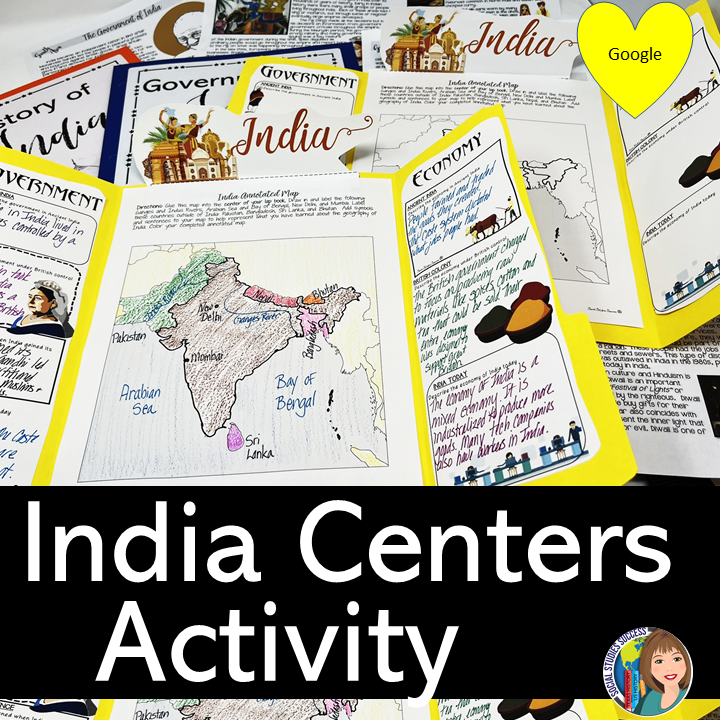



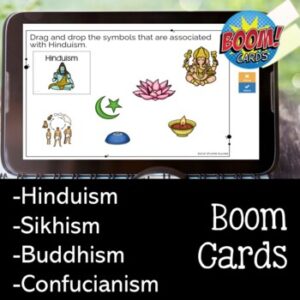

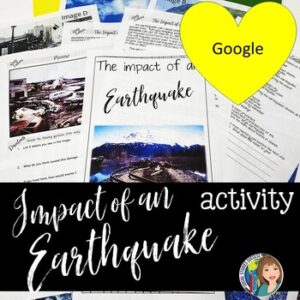
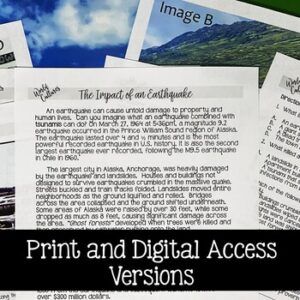
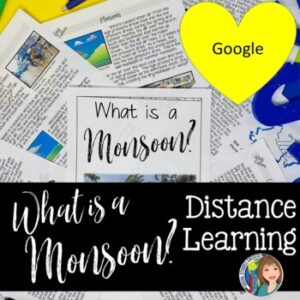
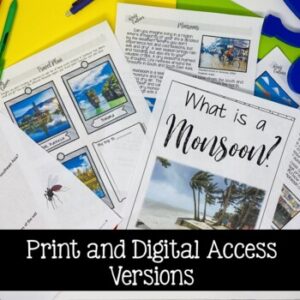

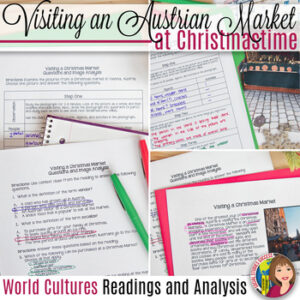
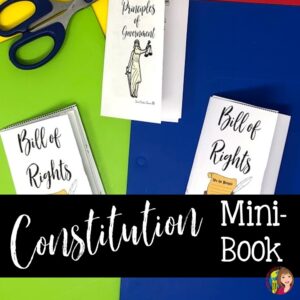

Reviews
There are no reviews yet.